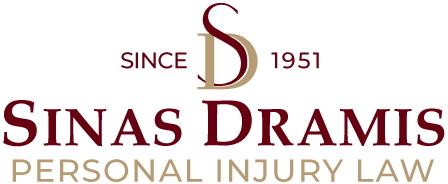
The largest section of the brain is known as the cerebrum, and it is divided into two halves, known as the left and right cerebral hemispheres. The left cerebral hemisphere is responsible for many logic functions, such as the ability to speak or perform mathematical equations, and largely controls movements on the right side of the body. Conversely, the right cerebral hemisphere is responsible for many of our intuitive functions, such as the ability to dream and imagine, and enjoyment of music and the arts. It is also largely responsible for movement of the left side of the body.
Within the cerebrum, the brain is further classified into four lobes, each with their own important function. The frontal lobe helps regulate behavior and emotion. The parietal lobe largely controls sensory comprehension, such as taste and smell. The temporal lobe regulates auditory and visual skills. The occipital lobe, which is located in the back of the cerebrum, controls vision.
Other sections of the brain control more specific functions. For example, the cerebellum is located at the rear base of the skull and is responsible for many of the body’s motor functions, such as walking and balance, while the brain stem, which ties the brain into the spinal cord, regulates reflexes as well as cardiac and respiratory function.
Brain Trauma
There are two primary forms of head injuries. Open head injuries occur when the skull is penetrated and the brain sustains trauma from an outside source. The most typical example of an open head injury is a gunshot wound, although such an injury may occur in any number of ways.
Conversely, a closed head injury occurs when the brain accelerates and decelerates quickly, causing the brain to slam into the inside of the skull. Closed head injuries are often seen in car accidents or trip and fall type incidents. In many cases, closed head injuries will cause more damage, because the internal swelling and bruising which occurs as a result of the damage may have adverse consequences on other portions of the brain as well.
The effects of any brain injury will largely depend on the area of the brain which suffers damage. Although they may appear more substantial, in many cases, the effects of an open head injury are limited to the specific area of the brain which sustained damage. However, in a closed head injury, many brain functions may be impaired. Because of the nature of a closed head injury, it is often difficult to determine exactly which portions of the brain suffered injury.


